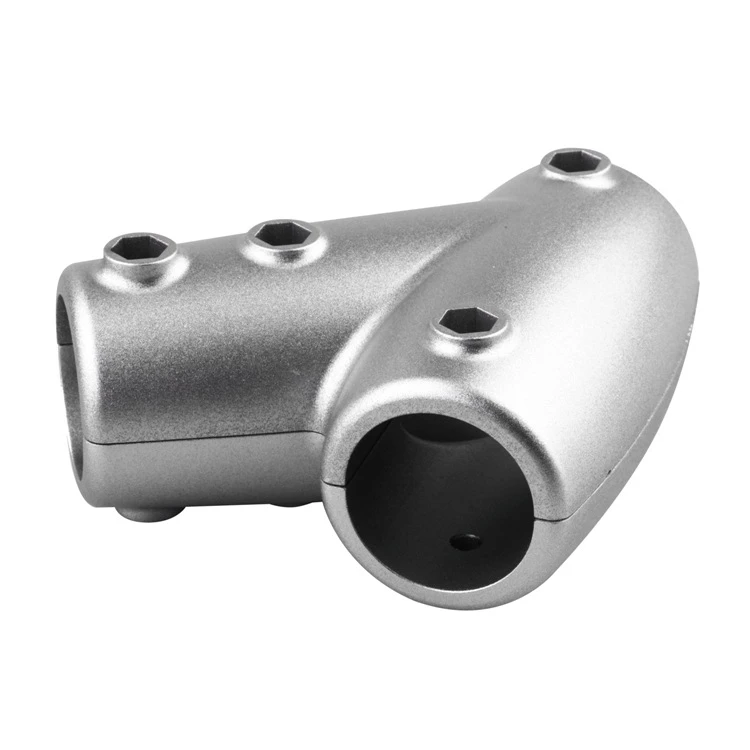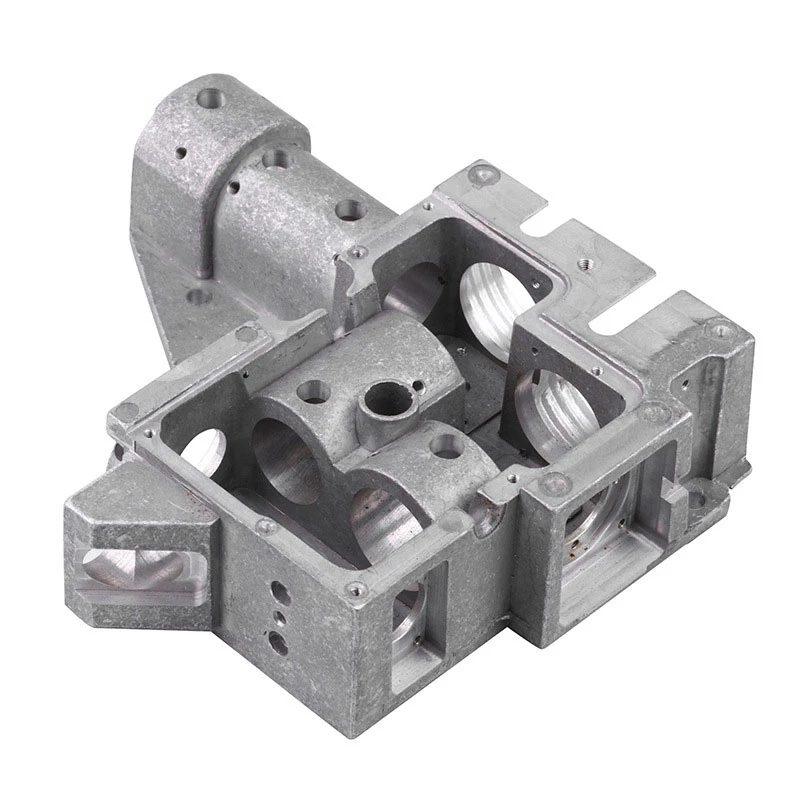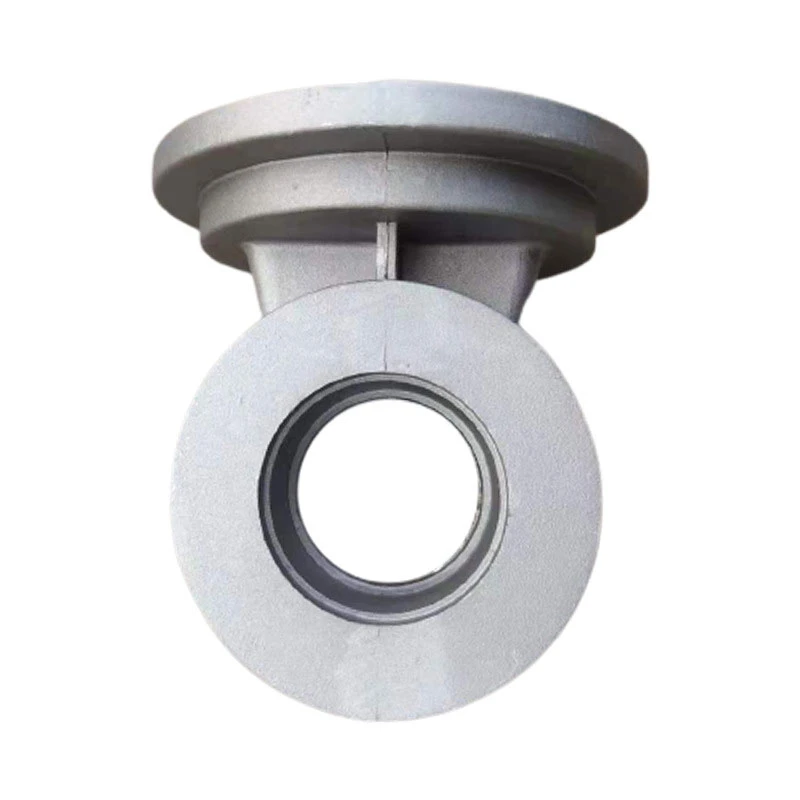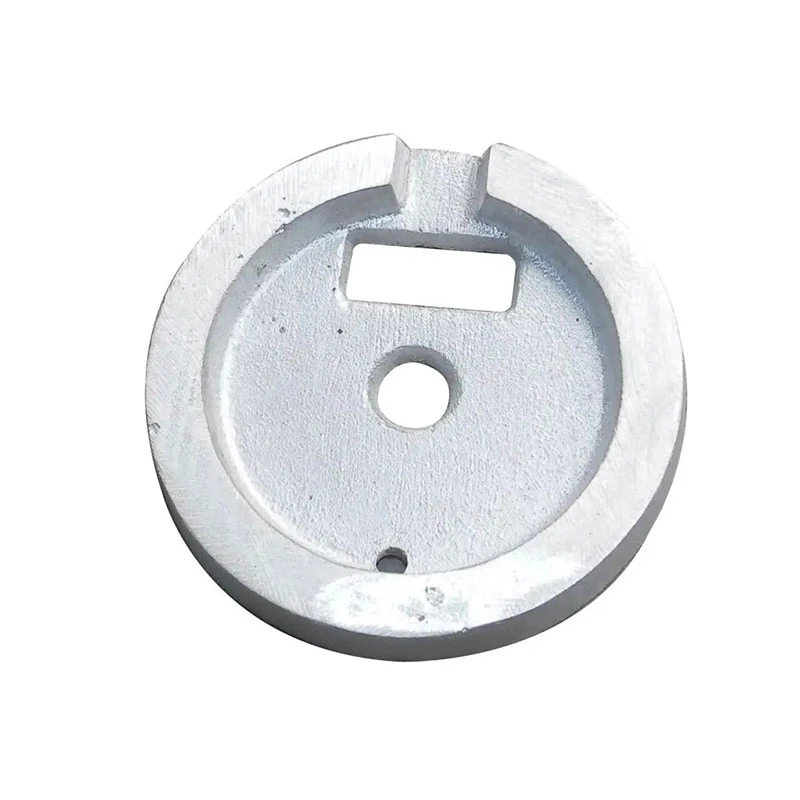hot chamber die casting and cold chamber die casting
Hot Chamber and Cold Chamber Die Casting An Overview
Die casting is a widely used manufacturing process that involves forcing molten metal into a mold to create intricate parts with high precision. Two of the most common methods in this process are hot chamber and cold chamber die casting. Understanding the differences between these two techniques is essential for manufacturers aiming to select the most suitable method for their specific needs.
Hot Chamber Die Casting
Hot chamber die casting is a process mainly utilized for metals with low melting points, such as zinc, lead, and magnesium. In this method, the melting and injecting of metal occur in the same machine. The furnace that melts the metal is integrated into the casting machine, allowing for continuous operation. As a result, the molten metal is drawn directly into the injection system with minimal delay.
This method offers several advantages. The continuous feed of molten metal reduces oxidation and allows for a quicker cycle time, which enhances production efficiency. Additionally, because the molten metal does not need to be transported over long distances, the risk of temperature loss is minimized, leading to better quality castings.
However, hot chamber die casting also comes with its limitations. The primary drawback is its restricted application to low-melting-point alloys. Furthermore, the process demands careful management to avoid contamination of the molten metal, which can occur due to the machinery's exposure to elevated temperatures and potential oxidation.
Cold Chamber Die Casting
In contrast, cold chamber die casting is employed for metals with higher melting points, such as aluminum, copper, and brass. Unlike its hot chamber counterpart, the cold chamber method requires that the molten metal be poured into the chamber manually, which is typically separate from the melting furnace. Once the metal is poured, it is then injected into the die under high pressure.
hot chamber die casting and cold chamber die casting

The cold chamber process allows manufacturers more versatility in terms of the types of alloys they can work with. Since the molten metal is handled outside of the casting machine, there is less risk of the machine becoming contaminated. This leads to higher-quality castings, especially when dealing with materials that require strict purity standards.
However, cold chamber die casting does come with its own challenges. The process is generally slower than hot chamber die casting, as it requires additional steps for metal transfer. Furthermore, the need for a separate melting furnace introduces an additional capital investment and operational complexity.
Comparing Efficiency and Applications
The choice between hot chamber and cold chamber die casting largely depends on the specific requirements of the project. For high-volume production of small to medium-sized parts using low-melting-point metals, hot chamber die casting is often the preferred choice. Its rapid cycle times and efficiency make it ideal for manufacturing components like automotive parts, electronics casings, and detailed decorative elements.
On the other hand, cold chamber die casting is more suited for applications requiring high-strength materials or intricate designs, particularly with aluminum and copper alloys. It is commonly used in industries like aerospace, automotive, and heavy machinery, where performance and durability are critical.
Conclusion
In summary, both hot chamber and cold chamber die casting have their unique advantages and limitations. The decision to use one method over the other depends on various factors, including the type of metal being used, production volume, and the complexity of the desired parts. By understanding the fundamental differences between these two die casting methods, manufacturers can make informed choices that optimize their production processes and meet their specific operational needs. Ultimately, whether opting for the speed of hot chamber die casting or the versatility of cold chamber die casting, both methods play a crucial role in the world of modern manufacturing.
-
Top Extras Casting Solutions Die Casting and Sand Casting Experts High-Quality Casting and Die Casting ServicesNewsJun.10,2025
-
Top SS Casting Manufacturer Aluminum Die Casting Manufacturer China Precision Die Casting Company SupplierNewsJun.10,2025
-
High-Quality Brass Casting Sand for Precision Sand Casting Brass at HomeNewsJun.10,2025
-
Affordable Aluminum Sand Casting Solutions Custom PartsNewsJun.09,2025
-
High-Quality China Sand Casting Services Cost-Effective & ReliableNewsJun.09,2025
-
Premium Hot Stamping Parts Durable Plastic Decor SolutionsNewsJun.09,2025















